RYH releases data on Class Size: 76% of CPS schools had classrooms over limits in 2011 | 11.14.12
This press release was sent out today and a chart with all CPS elementary schools detailing class size info was given to the Board of Ed. Note below that RYH is setting up a class-size hotline for parents to help advocate in situations where classrooms are above the recommended limits of 28 for K-3 and 31 for 4-8. Also note that a parent LSC rep should now be appointed to a class size committee when a school makes a complaint about class size to CPS.
CLASSROOMS ABOVE CLASS SIZE LIMITS AT 76% OF CHICAGO PUBLIC ELEMENTARY SCHOOLS IN 2011
Despite Proposed School Actions, Investigation Reveals Many Schools Over-Enrolled
CHICAGO, November 14, 2012 – The first findings of “Apples to Apples,” an independent investigation of Chicago Public Schools (CPS) data released today, reveals 76% of CPS elementary schools examined had entire grades above the recommended class size limit set by CPS in 2011. CPS recommended quota allocations on class size are 28 maximum students per teacher in grades Kindergarten – 2nd and 31 maximum students per teacher in grades 3-8. [click here to view CPS policy]
Gathered by investigators as part of the Raise Your Hand Coalition, Apples to Apples provides improved transparency resources of the data concerning Chicago’s schools. The project is intended to help parents, teachers, citizens, and administrators more easily access data that may have important implications for decisions and policy-making that affects local schools as well as the entire district.
“By providing CPS information in this new context, our presentation of the data in a more accessible format is a vehicle for those seeking answers to everyday questions about Chicago Public Schools. In doing so, Apples to Apples is intended to foster a better informed dialogue and ultimately more educated decision-making among parents, school administrators and the district,” said Jeanne Marie Olson, CPS Parent and Apples to Apples lead investigator.
Some of the initial findings reveal a picture of many CPS Elementary classrooms bursting at the seams. For example, using the latest publically reported class size data from 2011, 357 of the 470 CPS elementary schools in the Apples 2 Apples dataset had entire grades of classrooms over the recommended maximum. Specifically:
44% percent of schools had one to two grades above the recommended limits.
21% percent had 3-4 grades above the recommended limits.
11% percent had 5 or more grades above the recommended limits.
Of all of the classroom grades that were over the recommended limits, 49% of the grades had class sizes 1-2 students above the limit in each grade, 34% had class sizes 3-4 students over the limit in each grade, and 17% had class sizes that were 5 or more students over the limit in each grade.
According to a study by independent research from the Editorial Projects in Education, by 2010, all but 15 states had laws restricting the number of students that may be included in a general education classroom, in some or all grades. Illinois was not one of the states to impose class size restrictions, however, the Apples to Apples data shows that CPS class size averages were significantly above the Illinois State average class size range of 20.9 – 22.9 students per class in grades K-8.
In an effort to give parents and other stakeholders additional assistance and current information on class size issues, Raise Your Hand has set up a Class Size Hotline at 872-222-SIZE (7493) where parents and teachers can seek guidance on the rules and processes set up within CPS to address class size issues and complaints at specific schools. This hotline provides information on new processes set up this year requiring a parent Local School Council representative to be appointed to the class-size committee with CPS and CTU to study complaints on class size matters.
In the coming months, Apples to Apples will release more data in an easily-examined, open source format to allow journalists, educational researchers, and civic groups such as Open City Chicago to examine and interpret it for the benefit of parents, citizens, teachers, administrators and policy makers. For example, a class of journalism master’s students at the Medill School at Northwestern University has used Apples to Apples data to prototype an online app for Chicago public school parents to help them identify the best schools for their children. The class is working with Catalyst Magazine to develop ideas for new content, products and services for Chicago public school parents.
For access to the Apples to Apples data on class size please click here.
About Apples to Apples
Apples to Apples is an independent, ongoing investigation that locates and synthesizes publically available data sources including the CPS Performance Policy report, Department of Student Assessment and the Illinois State Board of Education. Apples to Apples was created to engage CPS parents, Chicago citizens, and other CPS stakeholders in thoughtful conversation about the real state of CPS elementary schools through a more multi-faceted look at available data. For a sample listing of sources referenced for the Apples to Apples investigation, click here.
Note: As referenced on the CPS website and data, the term “Student:Teacher Ratio” does not refer to class sizes. “Student:Teacher Ratio” takes the number of school staff qualified to teach (this might include an assistant principal, principal, bilingual teacher, etc.) and divide them by the total number of students.
